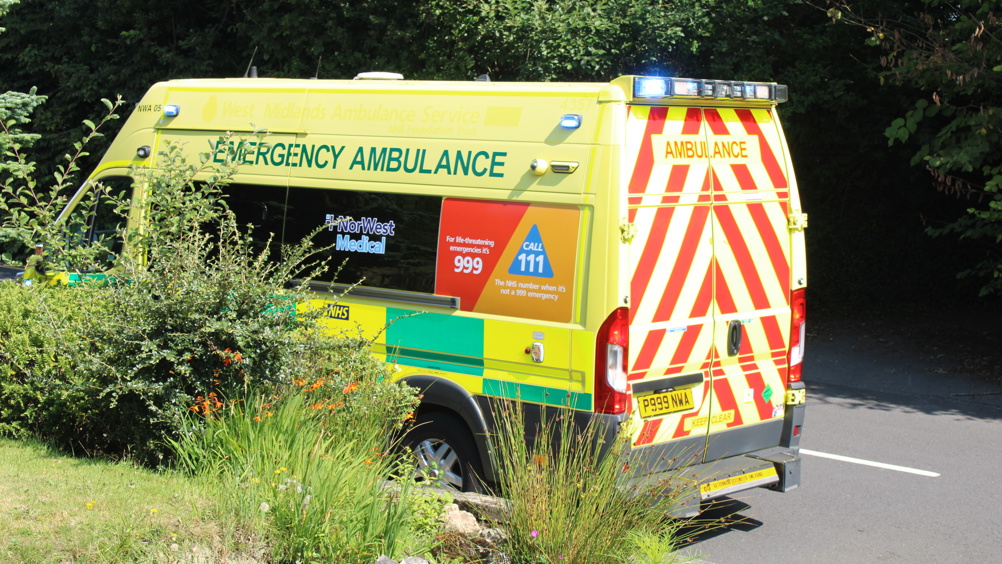References
How many end-of-life care patients access unscheduled care via 999?

Abstract
Background:
In Wales, the number of patients who are in their last year of life who access unscheduled care via emergency ambulance services is undocumented.
Aims:
This study aimed to identify and analyse the number of adult end-of-life care patients in Wales accessing unscheduled care via ambulance services and subsequently transferred to hospital.
Method:
Secure Anonymised Information Linkage (SAIL) datasets were cross-matched to a subset of Office for National Statistics' Annual District Deaths Extract, where people had been assessed as ‘likely having a palliative condition pre death’ by two independent palliative medicine doctors.
Findings:
On average, 89% of patients in Wales likely to have a palliative condition accessed unscheduled care via the ambulance service in their last year of life, most likely in the their final 7 days.
Conclusion:
Ambulance services play a crucial role in supporting community end-of-life care.
Within Scotland and England, healthcare use and therefore costs in the last 12 months of life increase with proximity to death (Conti et al, 2019; Mason et al, 2020).
Much of this increased access is via unscheduled care, which is defined as any unplanned, urgent, and emergency care provided by healthcare services (Beegan and Jones, 2022).
Within Wales, the number of patients accessing unscheduled care who are in their last year of life is not documented.
This project sought to identify and analyse the number of adult end-of-life care (EoLC) patients accessing unscheduled care via the Welsh Ambulance Services University NHS Trust (WAST).
As part of this project, the team wanted to capture data on outcomes of WAST unscheduled care interactions in terms of the number of EoLC patients who attended the emergency department (ED) and were either admitted to an inpatient hospital ward or discharged. In addition, the average number of inpatient bed-days of EoLC patients who were admitted to an inpatient ward was calculated.
Subscribe to get full access to the Journal of Paramedic Practice
Thank you for visiting the Journal of Paramedic Practice and reading our archive of expert clinical content. If you would like to read more from the only journal dedicated to those working in emergency care, you can start your subscription today for just £48.
What's included
-
CPD Focus
-
Develop your career
-
Stay informed

